This is the question I have for you today. Lately, many museums are hosting solo exhibitions of women artists and having more works by women on permanent display. Is this a sign that finally women are achieving their deserved place in the museums?
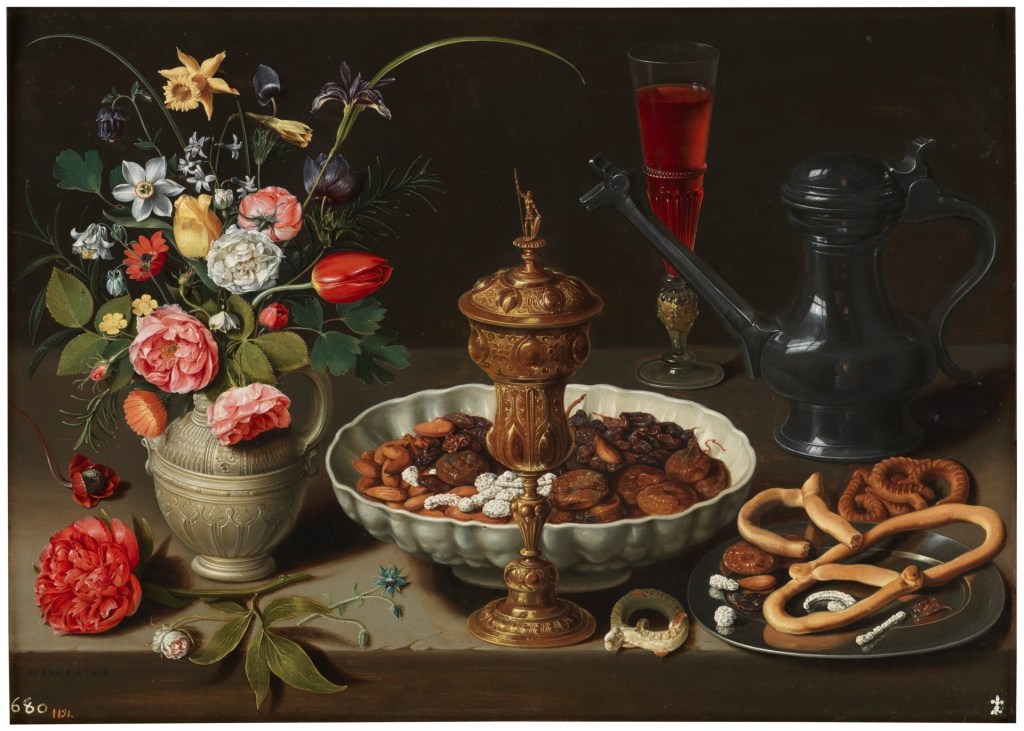
by Clara Peeters, 1611 (Photo Credit: Museo del Prado)
As you know, in the last few years many museums were hosting solo exhibitions on important women artists. The Museo del Prado in Spain, one of the most important and prestigious museums in Europe, is an example of this ‘phenomenon’, right now the institution is hosting an exhibition of two great names of Italian Renaissance: Sofonisba Anguissola and Lavinia Fontana. It is the second time the institution dedicates an exhibition to women artists, the first was Clara Peeters in 2017. With these exhibitions we can see that the museum is trying to recognise the work of female creators, after years being neglected.
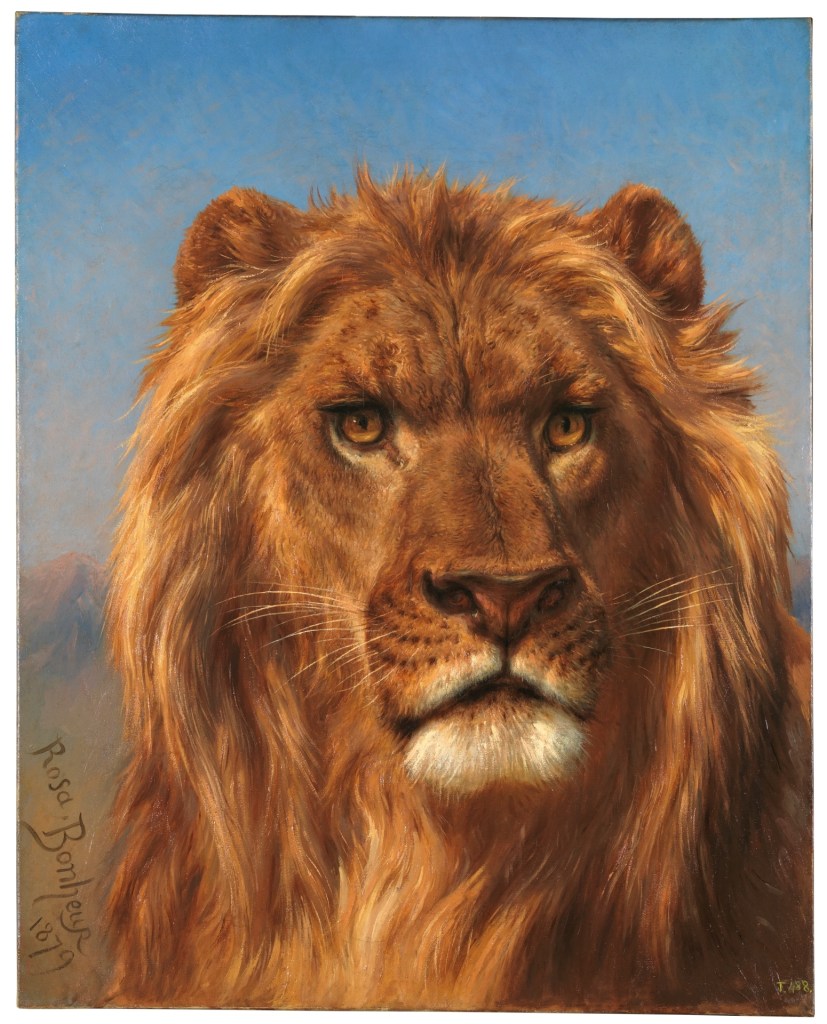
El Cid by Rosa Bonheur, 1879
(Photo Credit: Museo del Prado)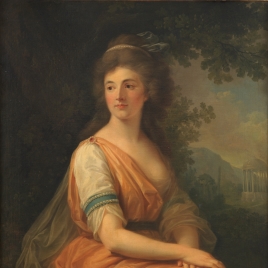
Portrait of Anna von Escher Muralt by Angelica Kauffmann, c.1800 (Photo Credit: Museo del Prado)
However, the exhibitions dedicated to women artists are only part of the changes in the most important museum of Spain. Since 2017 and the exhibition of Clara Peeters it’s visible the preoccupation of the institution in recovering the works of its collection signed by women and in correcting mistakes of attribution as in the case of one painting by Sofonisba Anguissola (you will find more details about it here). Last December, the museum surprised us with the decision to take from the warehouse and put in permanent exhibition The Birth of Saint John the Baptist by Artemisia Gentileschi, a painting that had never been exhibited on the walls of the museum (more details here). And this year, furthermore than hosting the exhibition of two female old masters, they brought to the rooms of permanent exhibition two more works signed by women on September the beautiful lion painted by Rosa Bonheur and called El Cid won its place in the room 63A; and on October the Portrait of Anna Escher von Muralt by Angelica Kauffmann.

In France this year, the Musée d’Orsay hosted the wonderful exhibition of Berthe Morisot, one of the most important names of the Impressionism. And at the same time, they exhibited in little rooms the works of other women associated to the Impressionism, and even works of female photographers who were contemporaries of Morisot. The d’Orsay also have in permanent exhibitions works of women artists as Rosa Bonheur, Mary Cassatt or Eva Gonzalès. In the Louvre we can easily find names as Élisabeth Vigée Le Brun, Marguerite Gérard, Louise Moillon, Anne Vallayer-Coster and Marie-Guillemine Benoist.
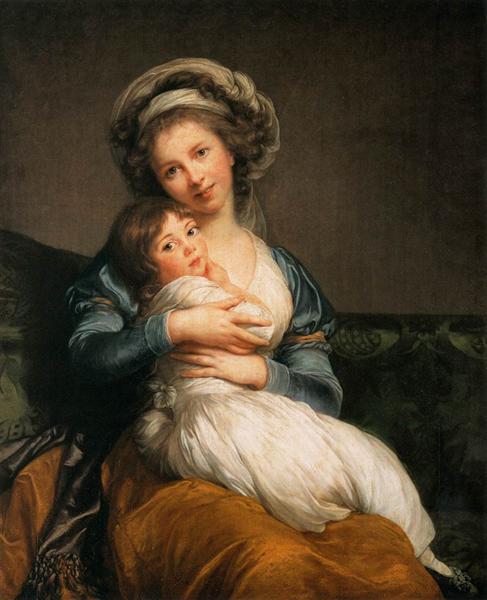
Self-portrait with her daughter by Élisabeth Vigée-Le Brun, 1786 – Musée du Louvre (Photo Credit: WikiArt) 
Portrait de Madeleine by Marie-Guillemine Benoist, 1800 – Musée du Louvre (Photo Credit: WikiArt)
In the US, the Guggenheim Museum hosted an exhibition dedicated to Hilma af Klint, the Swedish abstract painter. The exhibition broke records at the museum in number of visitors (around 600,000) and in catalogue sales, also has increased the number of memberships.
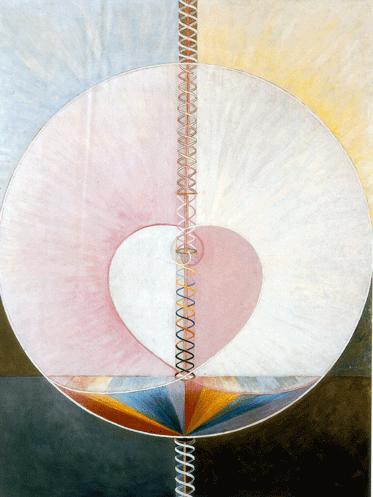
And the last news we received just few days ago when the Baltimore Museum was focus of many critics (positives and negatives), the institution declared that in 2020 all the acquisitions will be by women. Right now, only 4% of the museum’s collection is by women, this is the way the institution found to correct the imbalance. According to the director of the Baltimore Museum ‘Building a permanent collection is building a story for all time’, by purchasing an artist’s work museums allow curators to study her works and feature her for the years to come.
It is undeniable that things are changing, of course there is much to be done and improved, but I am an optimistic person and I think that these changes are good for the future of women artists and maybe in the future we can have a much more inclusive art history.









You must be logged in to post a comment.